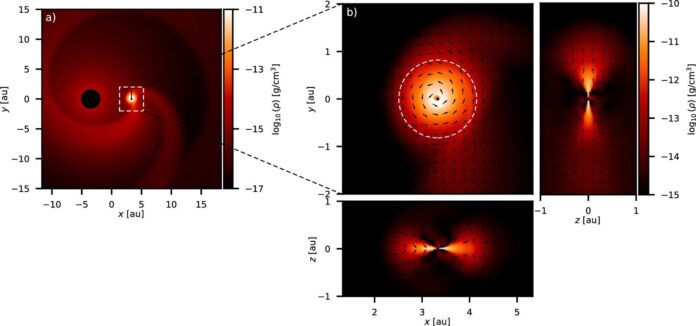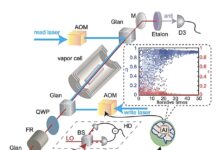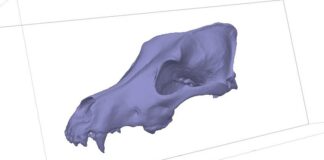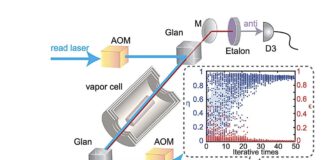Astronomers have directly observed a close companion orbiting a dying giant star, challenging existing models of stellar evolution. The discovery, made using the Atacama Large Millimeter/submillimeter Array (ALMA), provides unprecedented insight into the chaotic final stages of stars like our sun.
The Mystery of π1 Gruis
At 530 light-years away, π1 Gruis is a red giant star nearing the end of its life. These aging stars expand dramatically, cooling as they swell to hundreds of times their original size. They also undergo intense mass loss, ejecting material equivalent to Earth’s mass every four years. Detecting companions around these stars is difficult because they outshine them and vary in brightness.
ALMA Reveals a Hidden Orbit
An international team of scientists published findings in Nature Astronomy showing a companion star in an almost perfectly circular orbit around π1 Gruis. This contradicts previous predictions of an elliptical orbit, suggesting the system evolves faster than previously thought.
Challenging Stellar Evolution Models
Yoshiya Mori, a Ph.D. candidate at Monash University, helped refine the mass estimate of π1 Gruis by comparing observed properties to advanced stellar evolution models. The circular orbit observed implies that current models underestimate the rate at which binary systems circularize. This discovery opens new avenues for understanding tidal interactions and binary evolution.
Implications for Our Sun
Project lead Mats Esseldeurs from KU Leuven notes that our sun will eventually enter a similar phase. Understanding how companions influence dying stars is crucial for predicting the fate of planets orbiting these systems. The research suggests that existing models of stellar evolution may need adjustment to account for faster circularization rates in binary systems.
The discovery of this hidden companion around π1 Gruis provides a vital piece in the puzzle of stellar evolution. It highlights the need for continued research into the complex interplay between dying stars and their companions

























